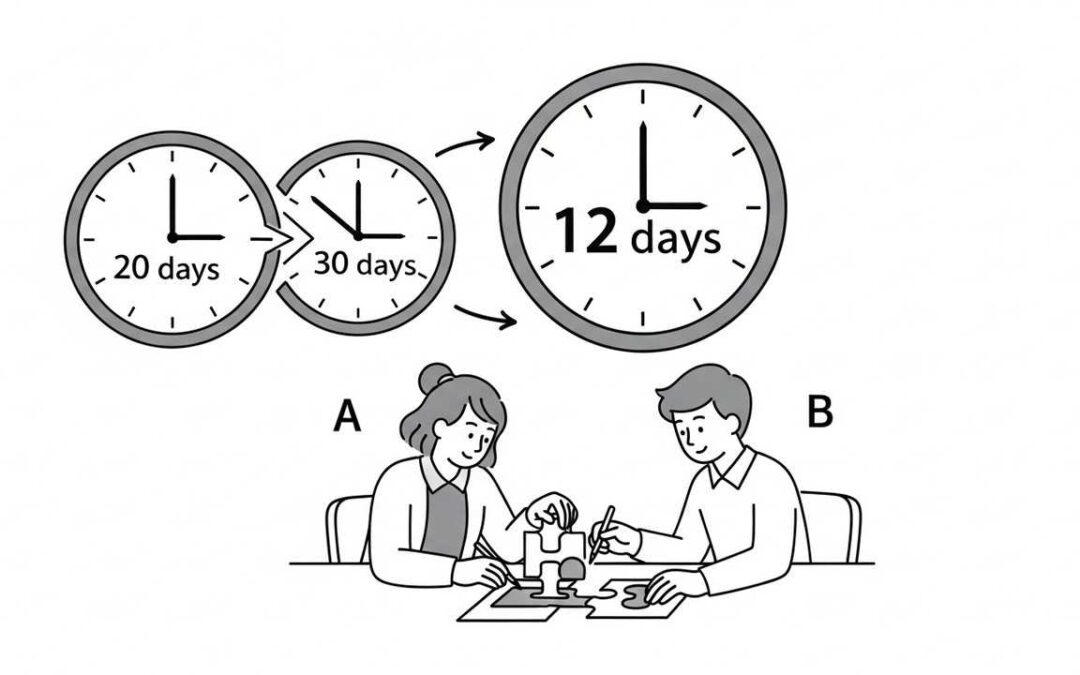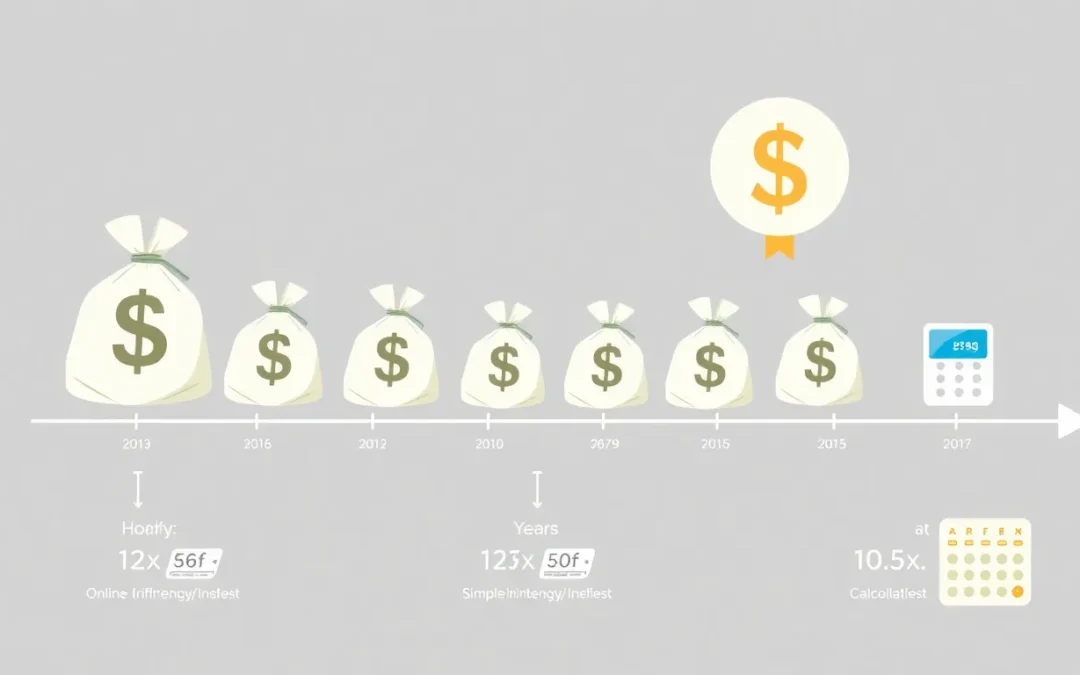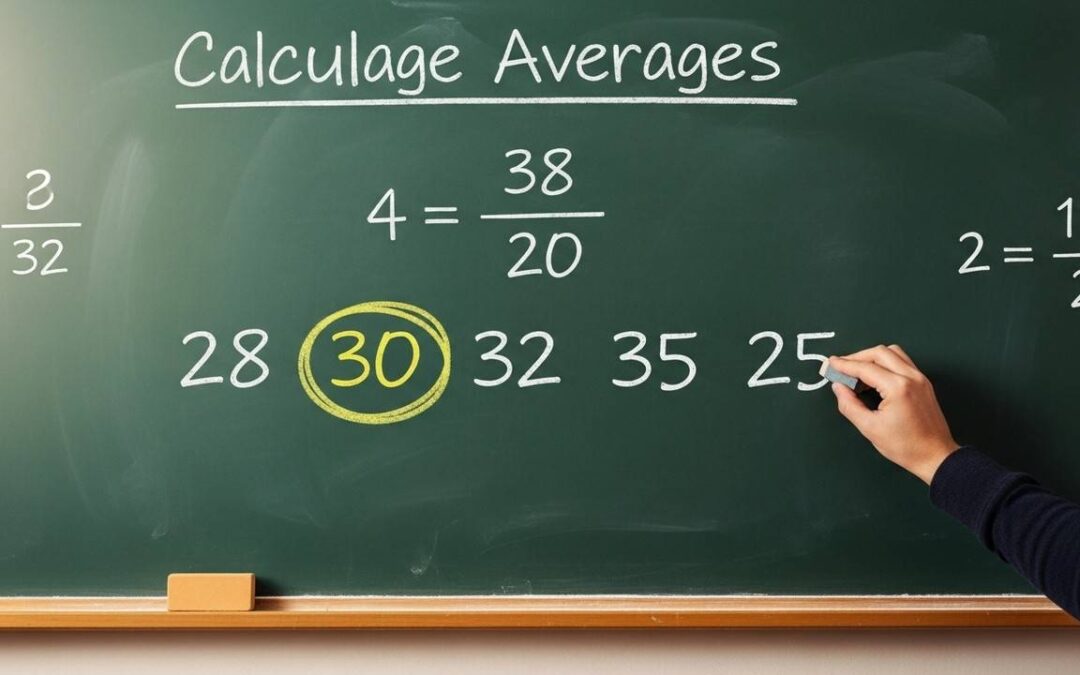General aptitude involves solving practical problems like profit and loss calculations that shopkeepers face daily. By understanding how markups and discounts interact, you can determine profit percentages accurately and apply this knowledge in real-world business scenarios.
Table of Contents
Read More
Profit and loss questions test practical business math. Understanding how a shopkeeper calculates profit after applying a discount is a key skill in general aptitude. Let’s explore this with a detailed example.
Decoding the Shopkeeper’s Strategy
Shopkeepers often use markup and discount strategies to maximize profits while attracting customers. This involves setting a marked price above the cost and then offering a discount to make the sale appealing.
Markup Calculation Essentials
To mark an item 25% above cost price, if the cost is C, the marked price becomes 1.25C. This initial markup ensures a buffer for potential discounts and profits.
For instance, with a cost of \$100, the marked price would be \$125. This step is crucial for covering overheads and ensuring profitability before any discounts are applied.
Discount Application Insights
Applying a 10% discount on the marked price reduces it to 0.9 times the marked price. So, for a marked price of 1.25C, the selling price becomes 0.9 * 1.25C = 1.125C.
This means the shopkeeper sells the item at 112.5% of the cost price, indicating a profit. The discount makes the item more attractive to buyers while still maintaining a profit margin.
Profit Percentage Analysis
Calculating the exact profit percentage reveals the effectiveness of the pricing strategy. It’s not just about the numbers; it’s about smart business decisions.
Step-by-Step Profit Calculation
Profit is the difference between selling price and cost price. Here, selling price is 1.125C and cost is C, so profit is 0.125C. Profit percentage is (profit / cost) 100 = (0.125C / C) 100 = 12.5%.
This shows a profit of 12.5%, which is significant. It demonstrates how even with a discount, a well-calculated markup can lead to positive returns.
Real-World Implications
In real scenarios, factors like competition and customer behavior affect these calculations. Shopkeepers must adjust markups and discounts based on market conditions to optimize profits.
For example, during sales seasons, higher discounts might be offered, but the base markup ensures that losses are minimized. This adaptability is key to successful retail management.
Key Takeaways
Mastering profit and loss calculations is essential for anyone involved in business or aptitude tests. The interplay between markup and discount can yield consistent profits if managed wisely. Always verify your calculations to avoid errors and maximize earnings.
| Component | Calculation | Value (for Cost = $100) |
|---|---|---|
| Cost Price (CP) | Given | $100 |
| Marked Price (MP) | MP = CP + 25% of CP = 1.25 * CP | $125 |
| Discount | 10% on MP | $12.50 |
| Selling Price (SP) | SP = MP – Discount = 0.9 * MP | $112.50 |
| Profit | Profit = SP – CP | $12.50 |
| Profit Percentage | (Profit / CP) * 100 | 12.5% |
We also Published
RESOURCES
- General Aptitude Test – Aptitude-test.com
- General Aptitude Contract : r/AirForceRecruits
- The role of mind-wandering in measurements of general aptitude
- General Aptitude : r/AirForceRecruits
- Fairness in Employment Testing: Validity Generalization, Minority …
- ED164579 – Manual for the USES General Aptitude Test … – ERIC
- GA General Aptitude
- Aptitude Questions and Answers – GeeksforGeeks
- Does anyone have General Aptitude in the Air Force?
- ASVAB – U.S. Air Force








0 Comments